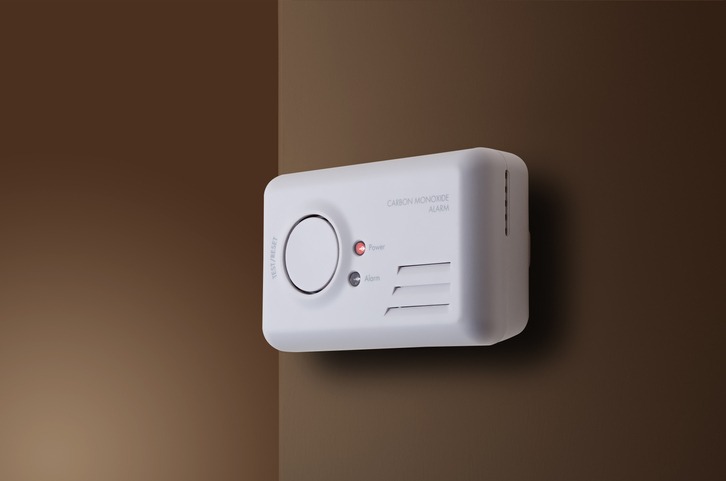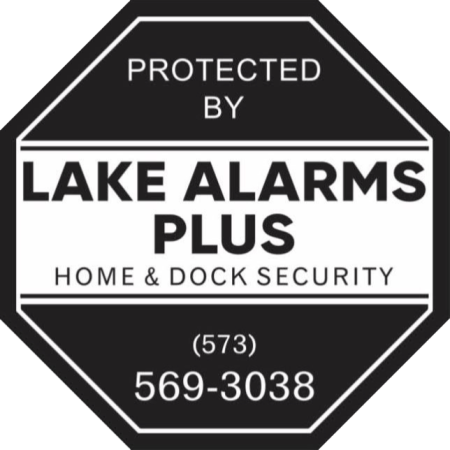
Carbon monoxide (CO) is an odorless, colorless, and tasteless gas that can be fatal if inhaled in high concentrations. The incomplete combustion of natural gas, propane, or gasoline produces it. CO leaks can occur in homes due to faulty or improperly functioning appliances, such as furnaces, boilers, water heaters, and stoves.
The Importance of Carbon Monoxide Detectors
Installing carbon monoxide detectors in your home is essential for early detection of CO leaks, allowing you to take timely action to prevent poisoning. These devices sound an alarm when CO levels reach dangerous levels, alerting you to the potential hazard and providing time to evacuate the premises and seek medical attention.
According to the Centers for Disease Control and Prevention (CDC), around 50,000 Americans visit the emergency room every year, and hundreds die from accidental carbon monoxide poisoning. These alarming statistics underscore the need for carbon monoxide detectors in your home.
Choosing the Right Carbon Monoxide Detector
When selecting a carbon monoxide detector, consider the following factors:
- Type: Choose between plug-in detectors that require an electrical outlet and battery-operated models for portability.
- Sensor Type: Electrochemical sensors offer higher sensitivity and accuracy, while metal oxide sensors are less expensive but may have a shorter lifespan.
- Additional Features: Look for detectors with digital displays, voice alerts, and interconnection capabilities for whole-house coverage.
We Make Your Safety Simple.
Proper Installation of Carbon Monoxide Detectors
To ensure optimal performance, install carbon monoxide detectors on each level of your home, including the basement. Place them within 15 feet of any fuel-burning appliance and near bedrooms, as CO can cause drowsiness and unconsciousness.
Maintaining Your Carbon Monoxide Detector
Regular maintenance ensures your carbon monoxide detector remains functional and effective:
- Test Monthly: Press the test button to verify the alarm works properly.
- Replace Batteries Annually: Replace batteries even if the detector appears to be working.
- Clean Regularly: Wipe the detector with a soft cloth to remove dust and debris.
- Replace When Expired: Most detectors have a lifespan of 5-7 years; replace them when they reach their expiration date.
Key Takeaways
Carbon monoxide detectors are invaluable safety devices that can protect your family from the dangers of CO poisoning. By choosing the right detector, installing it correctly, and maintaining it properly, you can create a safer and healthier home environment.
- Carbon monoxide is an odorless, colorless, and tasteless gas that can be fatal if inhaled in high concentrations.
- Carbon monoxide detectors are essential for early detection of CO leaks, allowing you to take timely action to prevent poisoning.
- When choosing a carbon monoxide detector, consider the type, sensor type, and additional features.
- For optimal performance, install carbon monoxide detectors on each level of your home, including the basement.
- Regular maintenance ensures your carbon monoxide detector remains functional and effective.
If you need help choosing, installing, or maintaining a carbon monoxide detector, we recommend contacting a professional like Lake Alarms Plus. Our experienced technicians can help you select the right detector for your home, install it correctly, and provide regular maintenance and testing.
Contact Lake Alarms Plus today for a free consultation and to learn more about our carbon monoxide detector services. We are committed to keeping your family safe from the dangers of CO poisoning.

One Response